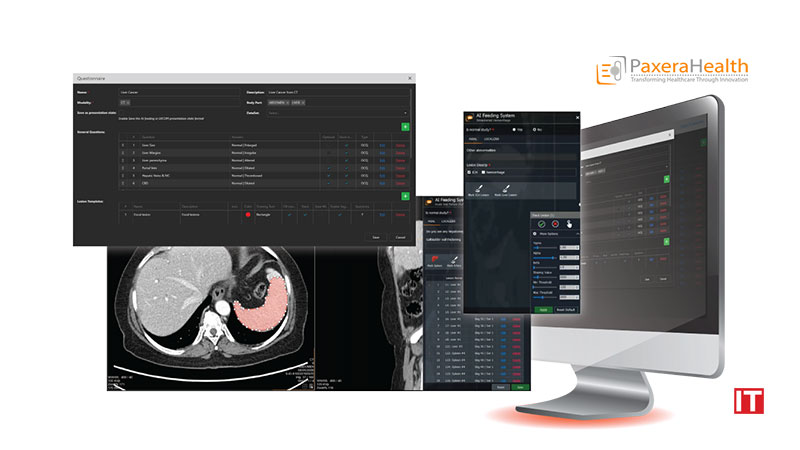PaxeraHealth, the medical imaging and AI developer, announced the close of its series A financing round led by Sopris Capital, a venture capital firm focused on technology-enabled healthcare solutions.
The financing will enable PaxeraHealth to accelerate its enterprise medical imaging and AI authoring platforms capabilities, expand the company’s offerings to more healthcare facilities and continue providing best-in-class support and services for its fast-growing and high profile client base
PaxeraHealth closes series A funding round led by Sopris Capital
Demand for AI in medical imaging to support radiologists in diagnosing a wide variety of diseases continues to grow, as healthcare and research facilities face an increasing need for a large number of algorithms for different types of abnormalities and diseases. PaxeraHealth’s zero-coding authoring platform offers “Algorithm as a service” which is designed to expedite production of clinically validated imaging AI algorithms and reduces algorithm development timeline and costs. The closing of this investment round comes closely after PaxeraHealth’s AI authoring tools have been adopted by some of the largest healthcare facilities in the world, proving our technology’s advantages to the healthcare community.
Also Read: Elementus Partners with CryptoArmor to Bring Protection to Blockchain Businesses
“We are thrilled to partner with a supportive, successful investor who sees the disruptive potential of AI in Healthcare” said Dr. Mohamed Shoura, founder and chief executive officer, PaxeraHealth. “Our goal is not to build yet another AI algorithm, but to democratize AI in medical imaging and make it accessible, affordable and faster to deploy. PaxeraHealth’s industry-first “Algorithm as a service” platform is designed to enable healthcare facilities to create AI algorithms with no coding, using their own imaging data sets. This will accelerate AI adoption and help reduce diagnostic errors in medical imaging, thus reducing overall healthcare costs.”
SOURCE: PR Newswire
































